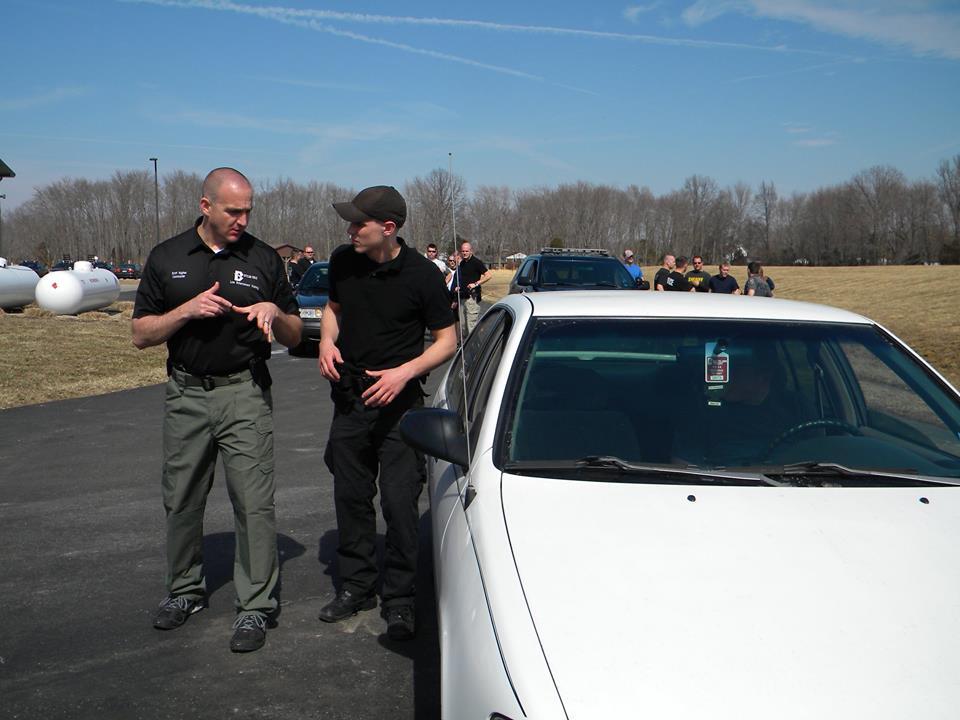“We’ve Always Done It This Way”: The Most Dangerous Phrase in Police Training
“We’ve Always Done It This Way”: The Most Dangerous Phrase in Police Training

In law enforcement, there’s a phrase that should stop every conversation in its tracks:
“We’ve always done it this way.”
That mindset isn’t just a barrier to progress—it’s a threat to officer safety. And nowhere is it more damaging than in the realm of training.
Training Is Either an Asset or a Liability—There’s No Middle Ground
When an officer hesitates under pressure, overreacts in fear, or freezes during a critical incident, it’s not always a character flaw. Sometimes, it’s a training failure. And that failure has a name:
We trained them for the wrong fight.
We’ve all seen it—training that’s more about comfort than competence. Outdated lesson plans. Static drills. Legal updates that check a box but don’t shape judgment.
If your training doesn’t reflect the stress, speed, and decision-making demands of the street, it’s not preparing officers—it’s exposing them.
What Outdated Training Really Looks Like
As someone who has reviewed dozens of incidents and lawsuits as an expert witness, I can tell you: training is either the strongest part of an officer’s defense—or the agency’s most significant liability.
Consider these questions:
-
Are your use-of-force classes scenario-based or just policy reviews?
-
Does firearms training simulate decision-making under pressure—or is it still static qualification?
-
Are legal updates interactive and tied to real-world cases—or just a once-a-year slide deck?
When we rely on outdated formats, we create a dangerous gap between what officers are trained to expect—and what they encounter.
Leadership, Not Tradition, Should Drive Training
The world has changed. The job has changed. And training must evolve with it.
However, change takes more than just intent—it requires support. And too often, departments are forced to choose between keeping the road staffed and sending officers to meaningful training.
Programs like Ohio’s Continuing Professional Training (CPT) initiative are a step in the right direction, reimbursing agencies for a minimum number of training hours. But let’s be honest: base-pay reimbursement for 24 hours doesn’t come close to covering the full cost of effective, modern training.
-
It doesn’t cover overtime to backfill shifts.
-
It doesn’t support scenario-based, stress inoculation training that truly prepares officers.
When the funding only covers the minimum, that’s precisely what most departments will deliver—and the consequences fall on the officers who need more.
Final Thought: Train for the Fight You’ll Actually Face
“We’ve always done it this way” isn’t tradition—it’s an excuse. And in this profession, excuses can put people at risk—or worse.
Whether you’re a chief, a training coordinator, or a legislator funding public safety, you should ask one question every time you review a training plan or proposal:
“Will this actually help my officers survive the worst day of their career?”
If the answer is no—it’s not good enough.
We don’t need more compliance.
We need competence.
We need courage.
And we need the support to make it possible.

